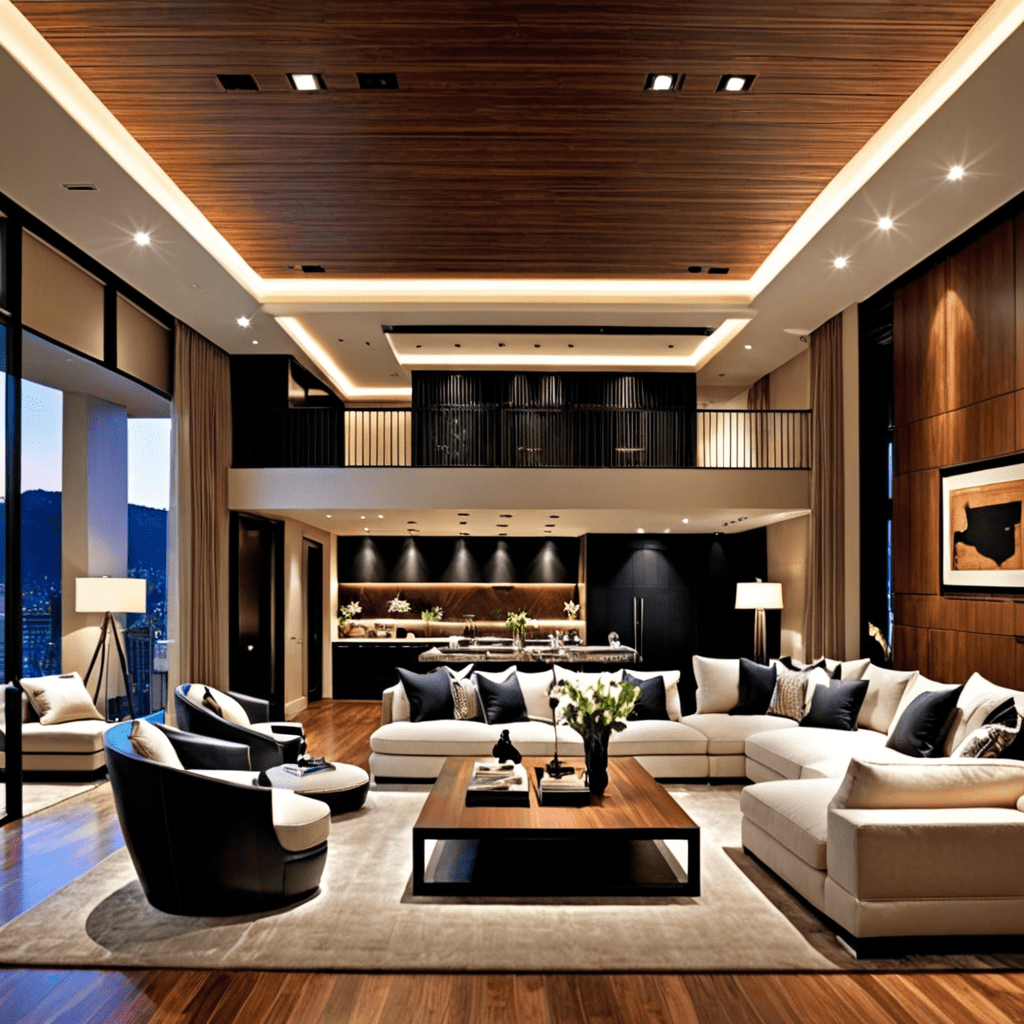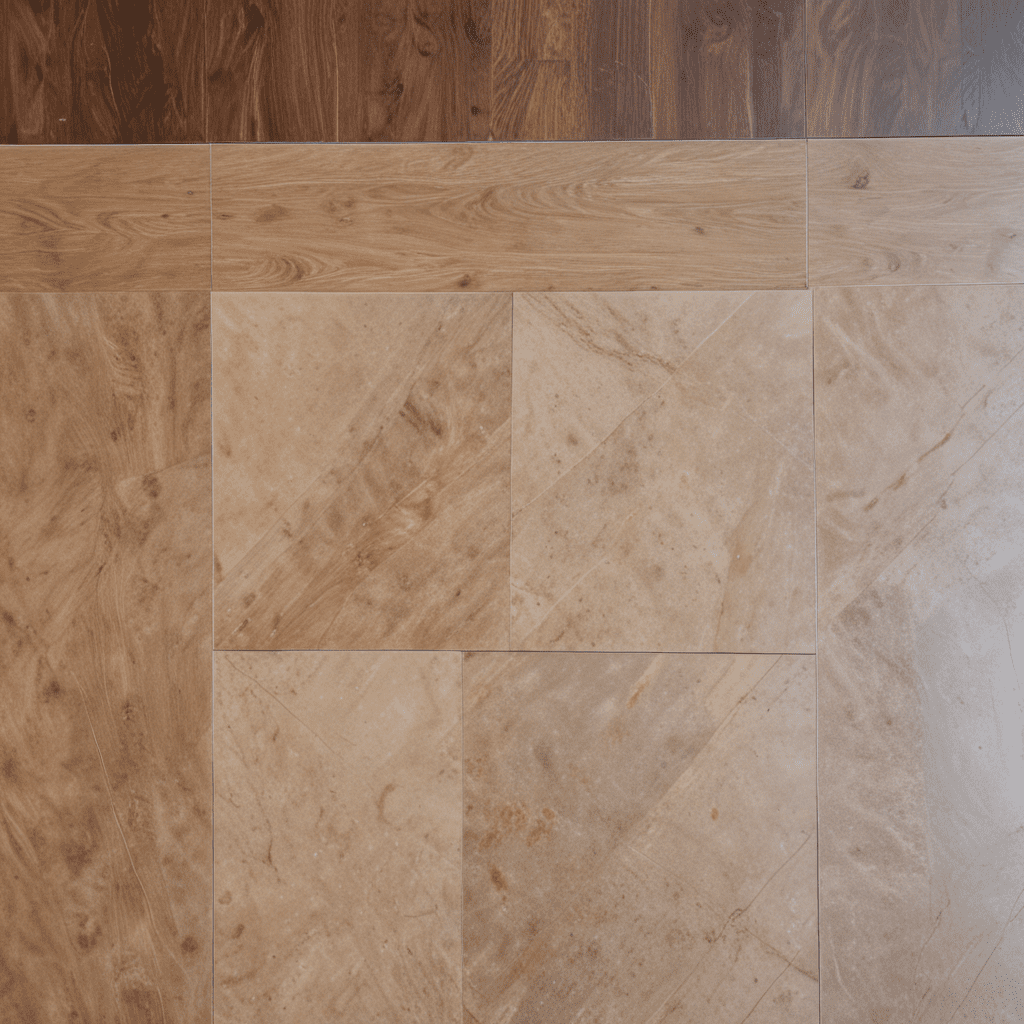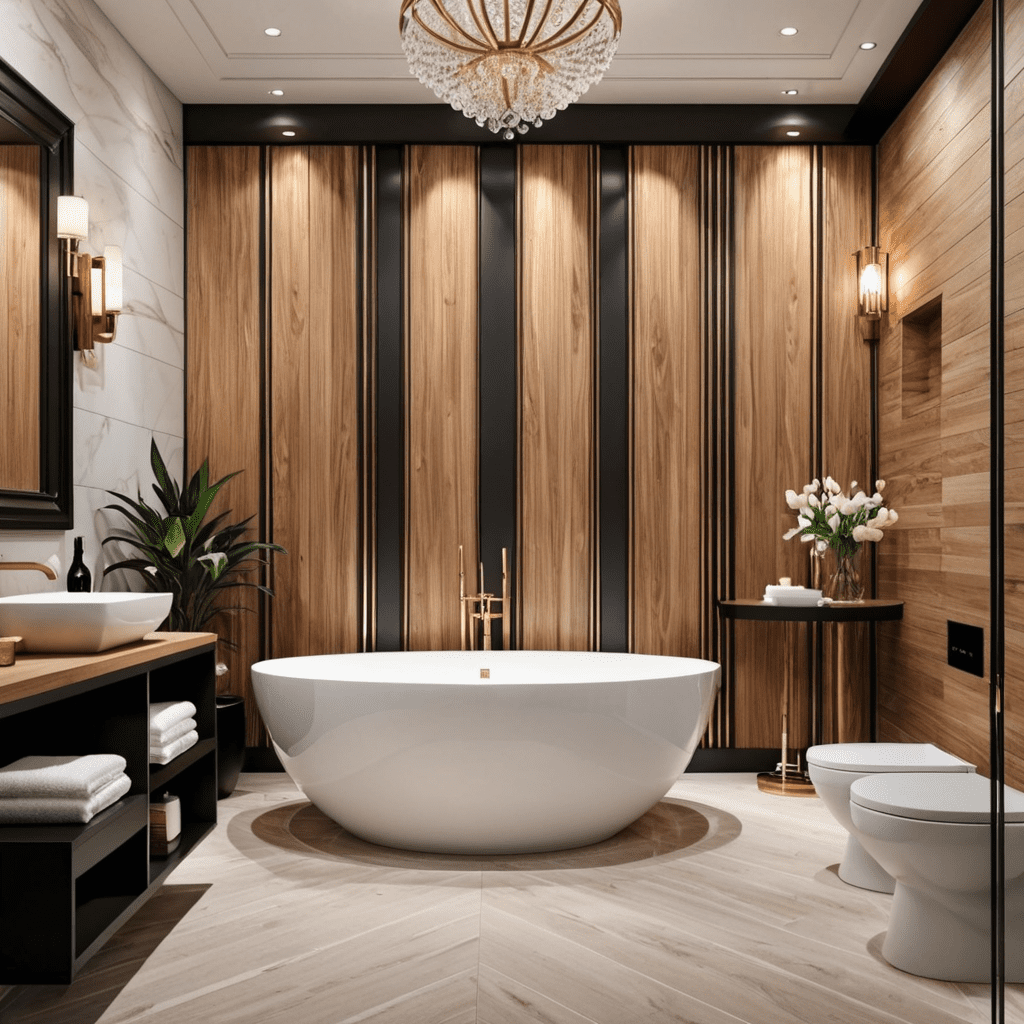The Best Tips for Adaptive Reuse Architecture
Introduction to Adaptive Reuse Architecture
In the ever-evolving world of architecture and design, the concept of adaptive reuse is gaining significant momentum. Adaptive reuse architecture is all about transforming existing structures into new, functional spaces that serve a different purpose than their original intent. This sustainable approach not only preserves historical and cultural significance but also promotes environmental responsibility. In this article, we’ll explore the key elements of adaptive reuse architecture, offer practical tips for designing these spaces, and address some frequently asked questions in the field.
Key Elements of Adaptive Reuse Architecture
Adaptive reuse architecture encompasses several key elements that make it a unique and captivating approach to design. By repurposing existing structures, architects can create spaces that are both visually appealing and functional. Here are some important elements of adaptive reuse architecture:
- Preserving Heritage: One of the essential aspects of adaptive reuse architecture is the preservation of a building’s historical and cultural significance. By breathing new life into old structures, architects have the opportunity to honor the past while creating something new. Whether it’s repurposing an old factory into a trendy loft or converting a heritage building into a boutique hotel, preserving the architectural heritage is key.
Sustainability and Environmental Responsibility: Adaptive reuse architecture promotes sustainability by reducing waste and repurposing existing resources. Rather than tearing down a building and starting from scratch, designers can work with what’s already there, saving energy, minimizing the production of new materials, and reducing the carbon footprint. This approach aligns with the growing demand for eco-friendly design solutions.
Integrating Modern Design with Existing Structures: A successful adaptive reuse project seamlessly integrates modern design elements while respecting the original structure. Architects need to strike a balance between preserving the historical integrity of the building and incorporating contemporary aesthetics and functionality. This fusion of old and new creates a unique ambiance that tells a story and enhances the overall experience.
Adaptable and Flexible Spaces: Adaptive reuse architecture focuses on creating spaces that can be easily adapted for different purposes. Whether it’s transforming an old warehouse into a vibrant coworking space or converting a church into a community center, the design should allow for flexibility and easily accommodate changing needs. This adaptability ensures that the space can evolve and meet the demands of the future.
Tips for Adaptive Reuse Architecture
If you’re considering embarking on an adaptive reuse project, here are some practical tips to guide you in selecting the right furniture pieces that complement your chosen space:
- Consider Size and Scale: Before purchasing furniture, carefully measure the available space to ensure that the pieces you choose fit appropriately. Oversized or undersized furniture can disrupt the visual harmony of the room. Additionally, consider the scale of the existing architecture to select furniture that complements the overall proportions of the space.
Blend Styles: To create a cohesive and visually pleasing environment, blend different styles of furniture. Embracing contrasting elements can add depth and character to the space. For example, pair modern furniture with vintage accents or mix industrial pieces with softer, more traditional elements. This eclectic approach can result in a unique and inviting atmosphere.
Functionality and Versatility: Since adaptive reuse spaces often serve multiple purposes, it’s crucial to select furniture that is functional and versatile. Opt for pieces that can easily be rearranged or repurposed to adapt to different activities. For example, choose modular seating options or tables that can be extended or folded to accommodate various needs.
Maintain Aesthetic Continuity: While incorporating diverse styles can be exciting, it’s important to maintain an aesthetic continuity throughout the space. Consider using a consistent color palette or recurring design elements to create a cohesive look. This will tie together the different furniture pieces and ensure that the space feels harmonious and connected.
Consider Sustainable Materials: In line with the principles of adaptive reuse architecture, prioritize furniture made from sustainable materials. Look for items crafted from recycled or upcycled materials, or choose pieces made from responsibly sourced materials. This commitment to sustainability will align with the overall ethos of the project.
FAQ about Adaptive Reuse Architecture
Question 1: What are the benefits of adaptive reuse architecture?
– Answer: Adaptive reuse architecture offers numerous benefits, including preserving historical and cultural heritage, promoting sustainability, reducing waste and energy consumption, and creating unique and versatile spaces that can adapt to changing needs.
Question 2: How can I ensure that my adaptive reuse project respects the building’s original architecture?
– Answer: It’s essential to work with architects and designers experienced in adaptive reuse projects. They can help you strike the right balance between preserving the building’s historical integrity and incorporating modern design elements. Paying attention to details, such as maintaining original features and using materials sympathetic to the era, can help ensure a respectful transformation.
Question 3: Are there any specific challenges associated with adaptive reuse architecture?
– Answer: Yes, adaptive reuse projects can present unique challenges. These include working with existing structural limitations, complying with building codes and regulations, addressing potential environmental hazards, and managing budget constraints. Sourcing suitable materials and furnishings that complement the space can also pose a challenge.
Question 4: Can adaptive reuse architecture contribute to sustainable development?
– Answer: Absolutely! Adaptive reuse architecture is inherently sustainable as it reduces waste, saves energy, and repurposes existing resources. By transforming older structures into functional spaces, adaptive reuse contributes to sustainable development by minimizing the need for new construction and reducing the overall carbon footprint.
Question 5: What are some notable examples of successful adaptive reuse architecture projects?
– Answer: There are several notable examples of successful adaptive reuse architecture projects around the world. Some famous examples include the High Line in New York City, which transformed an elevated railway into a public park, and the Tate Modern Museum in London, which repurposed a former power station to become a renowned contemporary art museum. These projects showcase the immense potential of adaptive reuse in creating functional and inspiring spaces.
In conclusion, adaptive reuse architecture offers a sustainable and creative approach to design that respects the past while embracing the future. By preserving heritage, integrating modern design, and repurposing existing resources, architects can transform old structures into vibrant and versatile spaces. With the right furniture choices and careful consideration of design elements, adaptive reuse projects can create comfortable and aesthetically pleasing environments that truly shine. So, whether you’re repurposing an old warehouse or revitalizing a historic building, remember that adaptive reuse architecture is a path towards a more sustainable and captivating future.





